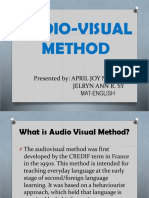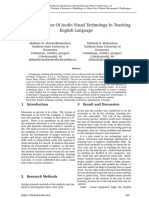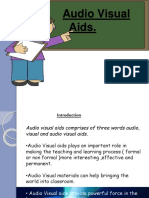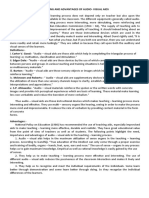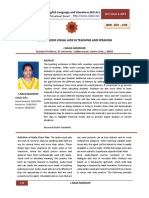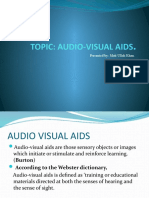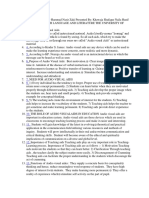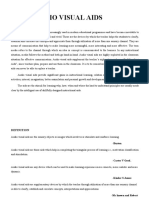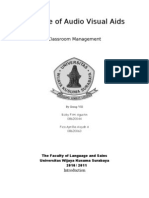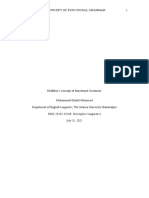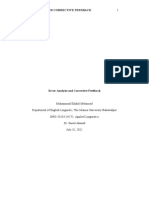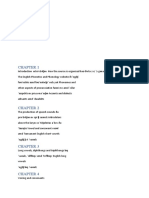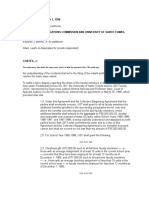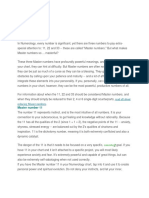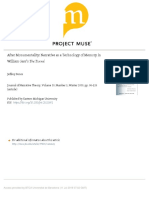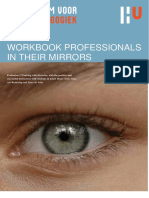0% found this document useful (0 votes)
140 views4 pagesEducation John Amos Comenius Orbis Sensualium Pictus Jean-Jacques Rousseau John Locke
The document discusses the audiovisual method of teaching and its history and principles. It began with John Amos Comenius in the 1600s advocating for using illustrations to supplement teaching. In the 1950s in France, the CREDIF term developed the audiovisual method for teaching foreign languages, based on behaviorism. The method uses films, recordings, and drills to teach spoken proficiency first. Audiovisual aids are effective teaching tools that can improve recall, thinking, interest, and imagination when used skillfully. They make the learning process more engaging for students.
Uploaded by
Muhammad Khalid MehmoodCopyright
© © All Rights Reserved
We take content rights seriously. If you suspect this is your content, claim it here.
Available Formats
Download as DOCX, PDF, TXT or read online on Scribd
0% found this document useful (0 votes)
140 views4 pagesEducation John Amos Comenius Orbis Sensualium Pictus Jean-Jacques Rousseau John Locke
The document discusses the audiovisual method of teaching and its history and principles. It began with John Amos Comenius in the 1600s advocating for using illustrations to supplement teaching. In the 1950s in France, the CREDIF term developed the audiovisual method for teaching foreign languages, based on behaviorism. The method uses films, recordings, and drills to teach spoken proficiency first. Audiovisual aids are effective teaching tools that can improve recall, thinking, interest, and imagination when used skillfully. They make the learning process more engaging for students.
Uploaded by
Muhammad Khalid MehmoodCopyright
© © All Rights Reserved
We take content rights seriously. If you suspect this is your content, claim it here.
Available Formats
Download as DOCX, PDF, TXT or read online on Scribd
/ 4
